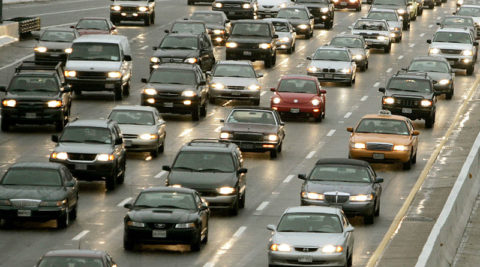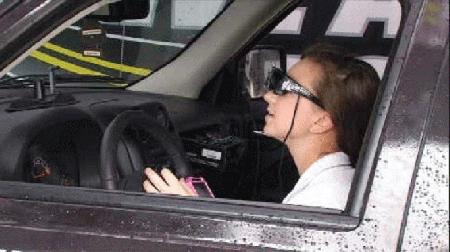Distracted Driving: Study Finds Drivers ‘Zone Out’ More Than We Think
 We all daydream, but it is not a good idea to do it when behind the wheel and could be the reason for distracted driving accidents. A study done by George Mason University shows that are minds are wandering at much higher rates then most of us think. It seems that distracted driving is a real issue and happening the majority of the time while people drive.
We all daydream, but it is not a good idea to do it when behind the wheel and could be the reason for distracted driving accidents. A study done by George Mason University shows that are minds are wandering at much higher rates then most of us think. It seems that distracted driving is a real issue and happening the majority of the time while people drive.
The researchers at George Mason University had participants in their study use a simulator to create a simulated commute to work. During that commute, the participants were thinking of other things or daydreaming up to 70 percent of the time. Yes, 70 percent of the time these people were distracted driving. To make it even worse, the study found different brain patterns while they were not paying attention.
For the study, researchers asked the participants to stare at the center of the driving simulator for periods of 20 minutes. During that 20 minutes, the participants would hear a tone. When that tone came, the researchers would ask the participants if they were paying attention to the simulator or thinking about something else before they heard the tone.
That does seem a little shady and weird, but it brought back results of the “mind wandering” about 70 percent of the time. The participants even admitted to knowing they were daydreaming when the tone was heard.
While the participants were using the driving simulator, researchers were also using monitoring tools to test the driver’s performance during these times of the mind wandering. Researchers said that the participants that were distracted driving were more likely to drive slower and had trouble staying in their actual lane. To get those results, they took measurements from when they were daydreaming and not daydreaming.
It seems like the time of the drive factors into distracted driving also, as participants had a harder time staying on task during the afternoon. This distracted driving study was paid for by a grant from the National Highway Traffic Safety Administration.
Bring the Arrive Alive Tour to your area. For more information or details on the drinking and distracted driving simulator program, contact us here!
Photo Source: Inquisitr





You must log in to post a comment.